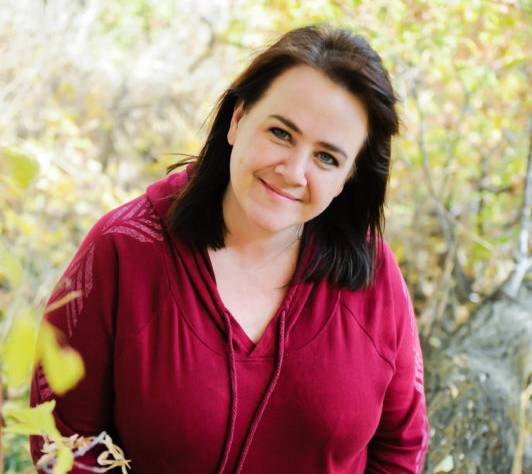Every story has a plot. If it doesn’t have a plot, it isn’t a story. It might be something else, but it isn’t a story. And if you have a plot, which is to say, something that happens, then whatever happens must happen to a someone, usually a protagonist. And if you have a protagonist that is responding to what happens then that response requires a timeline. These three components are elements of story structure that can’t be avoided. They can be crafted in unique ways and expressed incredibly well but not avoided. So, let’s go over each one and see what there is to learn.
Plots
There are several different kinds of plots to use when crafting a story.
According to Robert McKee there are three main types of plots in the storytelling universe of possibilities. These include the Arch-Plot, the Mini-Plot and the Anti-Plot. The arch-plot he says is the classical design, a collection of timeless storytelling principles that include a single protagonist, external conflict, consistent reality, linear time and a closed ending among others.
Mini-plot is a minimalist style and has internal conflict, multi protagonists or passive protagonists, and open endings. This style focuses on simplicity and economy while still satisfying the reader. It tends to be more lyrical and poetic with an emphasis on beauty and style.
Anti-plot is the least structured and it has inconsistent realities, absurdities, coincidences, and nonlinear time. Most stories do not fall into this category. Although some writers can use this method when trying to revolutionize the industry, to ridicule traditional forms and is often over self-conscious.
Protagonists
The protagonist is the leading character or main character in a story. In the arch-plot you have a single character who goes through a series of events in which there is mostly an external struggle and external conflicts as they grapple with forces of the physical world. Some stories have multiple protagonists. Game of Thrones for example follows the lives both inner and outer of a wide range of characters to great effect.
Active or Passive?
Does your main character confront physical conflicts with the people and the world around him or her? Is he or she desiring something and seeking it in the physical world? Your protagonist is active. A passive protagonist pursues an inner desire and is in conflict with his or her own nature. They may appear outwardly inactive. Most great characters have a combination of passive and active with the emphasis on one or the other.
Hero or Villain?
While it is usual to have the main character be a hero of sorts, sometimes we have stories where the protagonist is a villain or anti-hero. In the TV series Breaking Bad the main character is an anti-hero. A drug dealer who gets sucked into the dangerous world of narcotics and illegally drug trafficking leaving the audience as conflicted as the main character. His antagonist in this case is his brother in law who is also in law enforcement. The typical roles are reversed. Don’t be limited by expected ideas about who or what your protagonist can be.
Timelines
Working with time in stories is crucial. Understanding the timeline of your own story is even more important. There are several different takes on how to use timelines. The arch-plot begins at a certain point in time, moves in a continuous time and ends at a later date. If flashbacks are used, they are arranged in such a way as to make it easy for the reader to follow. This is a linear timeline. A nonlinear timeline would be a story that skips around through time and blurs the continuity so that reader has to sort out what happens and when it happens.
Closed Endings versus Open Endings
A closed ending follows irreversible change that answers all questions raised in the telling of the story and satisfies the emotions of the readers. A closed ending leaves nothing in doubt and nothing unsatisfied. An open ending leaves things not quite finished. While most of the questions are resolved, one or two aspects of the story will remain open. An open ending doesn’t leave readers hanging but rather invokes a feeling of curiosity and continued engagement with the story in their imagination. There is closure and it is satisfying it is simply limited.
When working with story structure understanding the basics of plots, protagonists and timelines will give you a sense of confidence and mastery over your story.

